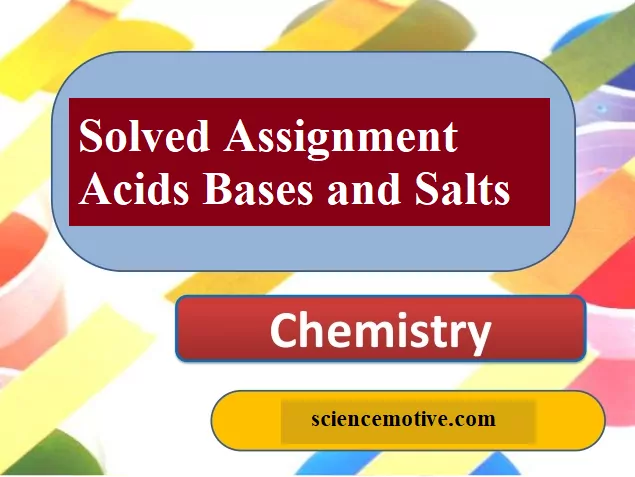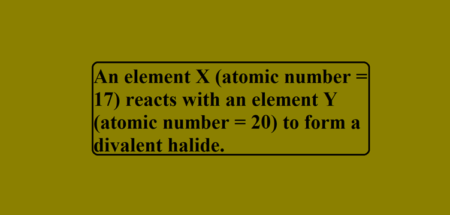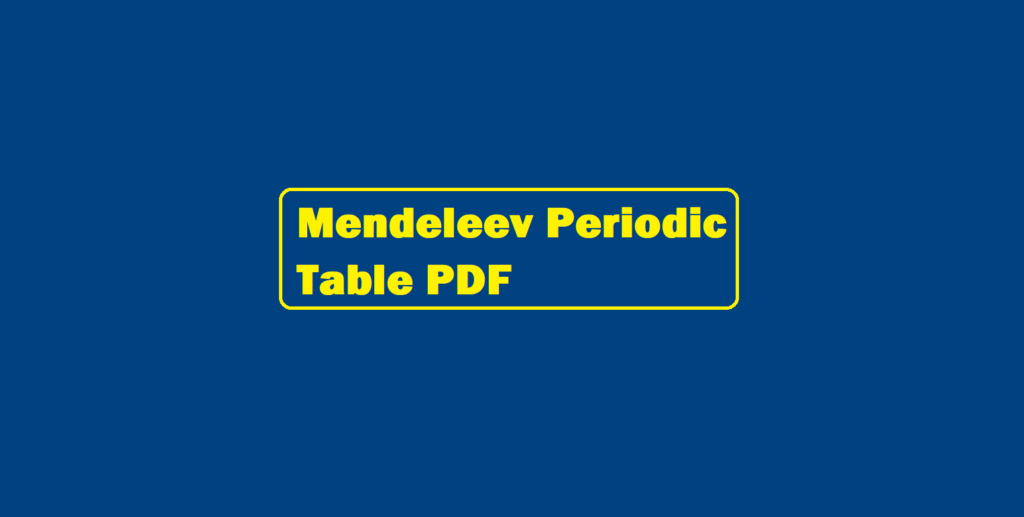Solved Assignment Acids Bases and Salts
Que 1. Fresh milk has a pH of 6. How do you think the pH will change as it turns into curd? Explain your answer.
Ans 1. The pH of milk is 6. As it changes to curd, the pH will reduce because curd is acidic in nature. The acids present in it decrease the pH.
Que 2. What is a neutralization reaction? Give two examples.
Ans 2. A reaction in which an acid and base react with each other to give salt and water is termed a neutralization reaction. In this reaction, energy is evolved in the form of heat. For example:
![]()
During indigestion (caused due to the production of excess of hydrochloric acid in the stomach), we administer an antacid (generally milk of magnesia, Mg(OH)2 which is basic in nature). The antacid neutralizes the excess of acids and thus gives relief from indigestion.
![]()
Que 3. Give two important uses of washing soda and baking soda.
Ans 3. Two important uses of washing soda and baking soda are as follows:
(1) Washing soda:
It is used in glass, soap, and paper industries.
It is used to remove the permanent hardness of the water.
(2) Baking soda:
It is used as baking powder. Baking powder is a mixture of baking soda and a mild acid known as tartaric acid. When it is heated or mixed in water, it releases CO2 that makes bread or cake fluffy.
It is used in soda-acid fire extinguishers.
Que 4. A milkman adds a very small amount of baking soda to fresh milk. Why does he shift the pH of the fresh milk from 6 to slightly alkaline? Why does this milk take a long time to set as curd?
Ans 4. (a) The milkman shifts the pH of the fresh milk from 6 to slightly alkaline because, in alkaline conditions, milk does not set as curd easily.
Since this milk is slightly basic than usual milk, acids produced to set the curd are neutralized by the base. Therefore, it takes a longer time for the curd to set.
Que 5. What are indicators? Name some common indicators.
Ans 5. Indicators are substances that undergo a definite color change in acids and bases solution. Some common indicators are – Litmus solution, methyl orange, phenolphthalein, etc.
Solved Assignment Acids Bases and Salts
Que 6. What are alkalis? Write three examples.
Ans 6. The bases which dissolve in water to give OH– ions in solution are called alkalis, such as- NaOH, KOH, Ca(OH)2.
Que 7. While diluting the acid, why is it recommended that acids should be added to water and not water to the acid?
Ans 7. Mixing of water and acid is a highly exothermic process. When water is added to the acid, due to a small amount of water, evolved heat will change it to vapour and acid will spill out and may cause injury. So, it is advised to mix acid to water and not water to acid.
Que 8. Write the composition of baking powder. What will happen if tartaric acid is not added to it?
Ans 8. Baking powder is a mixture of sodium bicarbonate and tartaric acid. This acid neutralizes sodium carbonate formed on the decomposition of baking soda. If tartaric acid is not present in baking powder, the food materials such as cake will taste bitter due to the presence of sodium carbonate.
Que 9. A student working in the laboratory added some water to a syrupy liquid taken in a tube. The tube immediately cracked and the liquid which escaped out of it produced blisters on the skin of the student. What actually happened?
Ans 9. The syrupy liquid was concentrated in sulphuric acid. On adding water, a large amount of heat is released. For this reason, the tube cracked and the acid produced blisters on the skin.
Que 10. A compound X of sodium is commonly used for making crispy pakoras. It is also used for curing acidity in the stomach. Identify ‘X’. What is its formula? State the reaction that takes place when it is heated.
Ans 10. Compound X is baking soda, a constituent of baking powder. Its chemical name is sodium hydrogen carbonate and its formula is NaHCO3. On heating this compound gives CO2 gas. 2 NaHCO3 (s) → Na2CO3 + H2O + CO2
Que 11. Dry hydrogen chloride gas does not turn blue litmus whereas hydrochloric acid does. Give one reason.
Ans 11. In the dry state, hydrogen chloride (HCl) does not release H+ ions. Therefore, it cannot behave as an acid. When dissolved in water, it forms hydrochloric acid. It dissociates to give H+ ions in solution and behaves as an acid.
HCl + H2O → H3O+ (aq) + Cl– (aq)
Solved Assignment Acids Bases and Salts
Que 12. Why should curd and sour substances not be kept in brass and copper vessels?
Ans 12. Curd and other sour substances contain acids. Therefore, when they are kept in brass and copper vessels, the metal reacts with the acid to liberate hydrogen gas and harmful products, thereby spoiling the food.
Que 13. Which gas is usually liberated when an acid reacts with a metal? Illustrate with an example. How will you test for the presence of this gas?
Ans 13. Hydrogen gas is usually liberated when an acid reacts with a metal.

Take few pieces of zinc granules and add 5 ml of dilute H2SO4. Shake it and pass the gas produced into a soap solution. The bubbles of the soap solution are formed. These soap bubbles contain hydrogen gas.
Zn + H2SO4 → ZnSO4 + H2 ↑
We can test the evolved hydrogen gas by its burning with a pop sound when a candle is brought near the soap bubbles.
Que 14. Metal compound A reacts with dilute hydrochloric acid to produce effervescence. The gas evolved extinguishes a burning candle. Write a balanced chemical equation for the reaction if one of the compounds formed is calcium chloride.
Ans 14. CaCO3 + 2 HCl → CaCl2 + CO2 + H2O
Que 15. How is the concentration of hydroxide ions (OH−) affected when an excess base is dissolved in a solution of sodium hydroxide?
Ans 15. The concentration of hydroxide ions (OH−) would increase when an excess base is dissolved in a solution of sodium hydroxide.
Que 16. Under what soil condition do you think a farmer would treat the soil of his fields with quick lime (calcium oxide) or slaked lime (calcium hydroxide) or chalk (calcium carbonate)?
Ans 16. If the soil is acidic and improper for cultivation, then to increase the basicity of soil, the farmer would treat the soil with quick lime or slaked lime or chalk.
Solved Assignment Acids Bases and Salts
Que 17. What is the common name of the compound CaOCl2?
Ans 17. The common name of the compound CaOCl2 is bleaching powder.
Que 18. Name the substance which on treatment with chlorine yields bleaching powder?
Ans 18. Calcium hydroxide [Ca(OH)2], on treatment with chlorine, yields bleaching powder.
Que 19. Name the sodium compound which is used for softening hard water.
Ans 19. Washing soda (Na2CO3.10H2O) is used for softening hard water.
Que 20. What will happen if a solution of sodium hydrogen carbonate is heated? Give the equation of the reaction involved.
Ans 20. When a solution of sodium hydrocarbonate (sodium hydrogen carbonate) is heated, sodium carbonate and water are formed with the evolution of carbon dioxide gas.

Que 21. Write an equation to show the reaction between Plaster of Paris and water.
Ans 21. The chemical equation for the reaction of Plaster of Paris and water can be represented as

Que 22. A white coloured powder is used by doctors for supporting fractured bones. (a) Write the chemical name and formula of the powder. (b) When this white powder is mixed with water a hard-solid mass is obtained. Write a balanced chemical equation for the change.
Ans 22. (a) Plaster of Paris (CaSO4.1/2H2O)
(b) Gypsum Obtained
Solved Assignment Acids Bases and Salts
Que 23. State reason for the following statements:
(i) Tap water conducts electricity whereas distilled water does not.
(ii) Dry hydrogen chloride gas does not turn blue litmus red whereas dilute hydrochloric acid does.
(iii) During the summer season, a milkman usually adds a very small amount of baking soda to fresh milk.
(iv) For a dilution of acid, acid is added into water and not water into acid.
(v) Ammonia is a base but does not contain a hydroxyl group.
Ans 23. (i) Tap water contains ions that conduct electricity, distilled water does not contain ions.
(ii) Dry HCl does not form ions but HCl gives H+ and Cl–.
(iii) Baking soda does not allow milk to change to lactic acid which makes milk sour.
(iv) Adding water to acid is highly exothermic. Therefore, water is added to acid very slowly with cooling.
(v) Ammonia dissolves in water and forms NH4OH Therefore, it is basic in nature.
Solved Assignment Acids Bases and Salts


